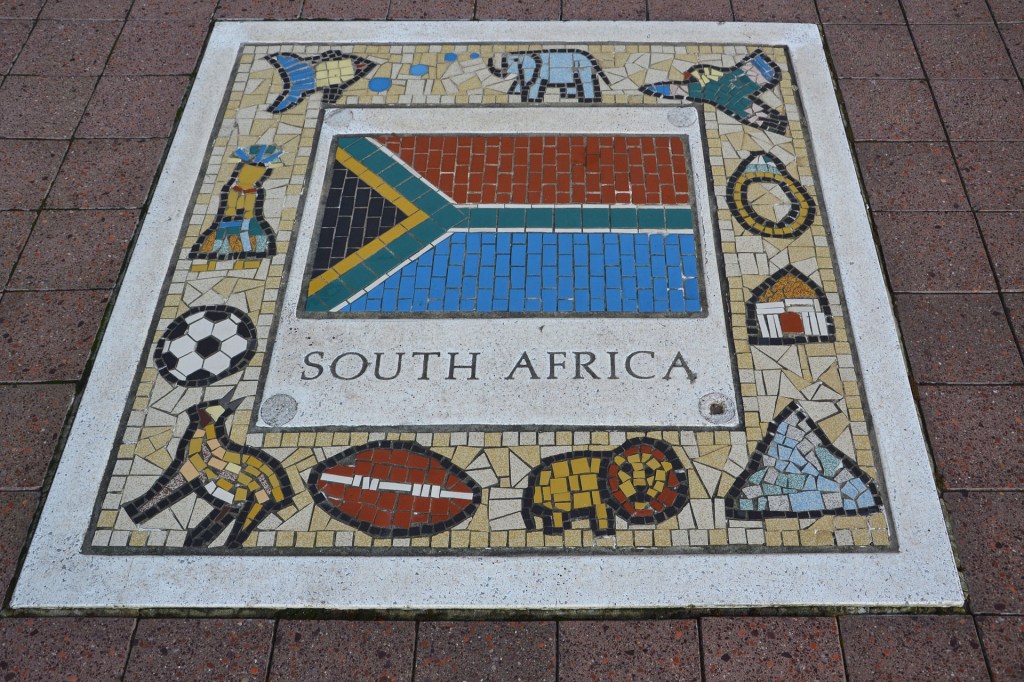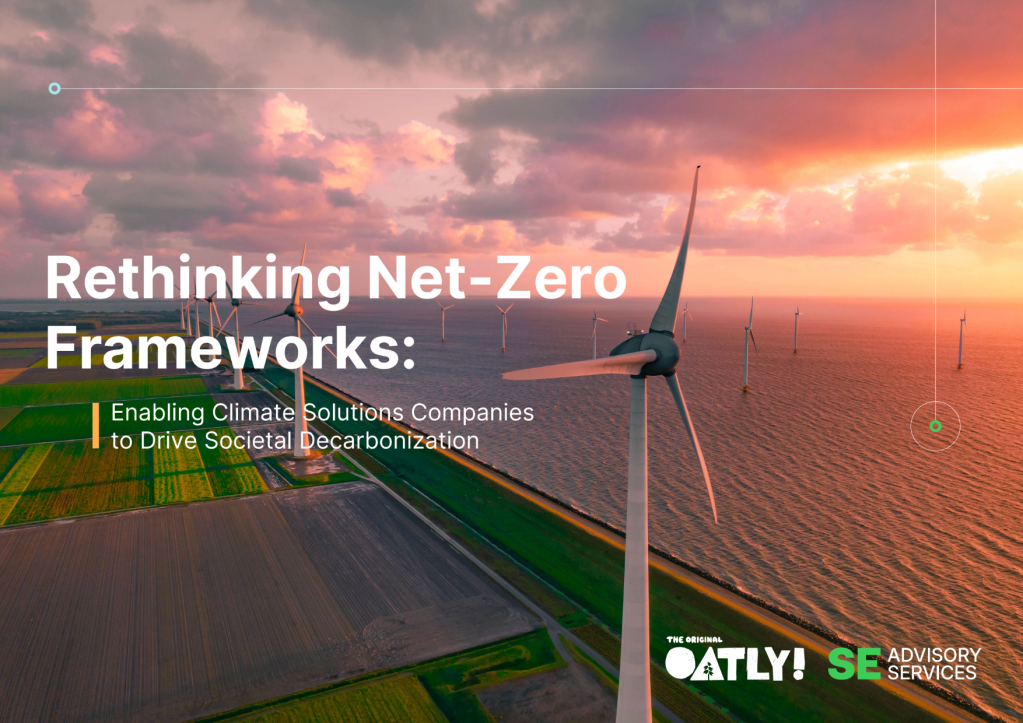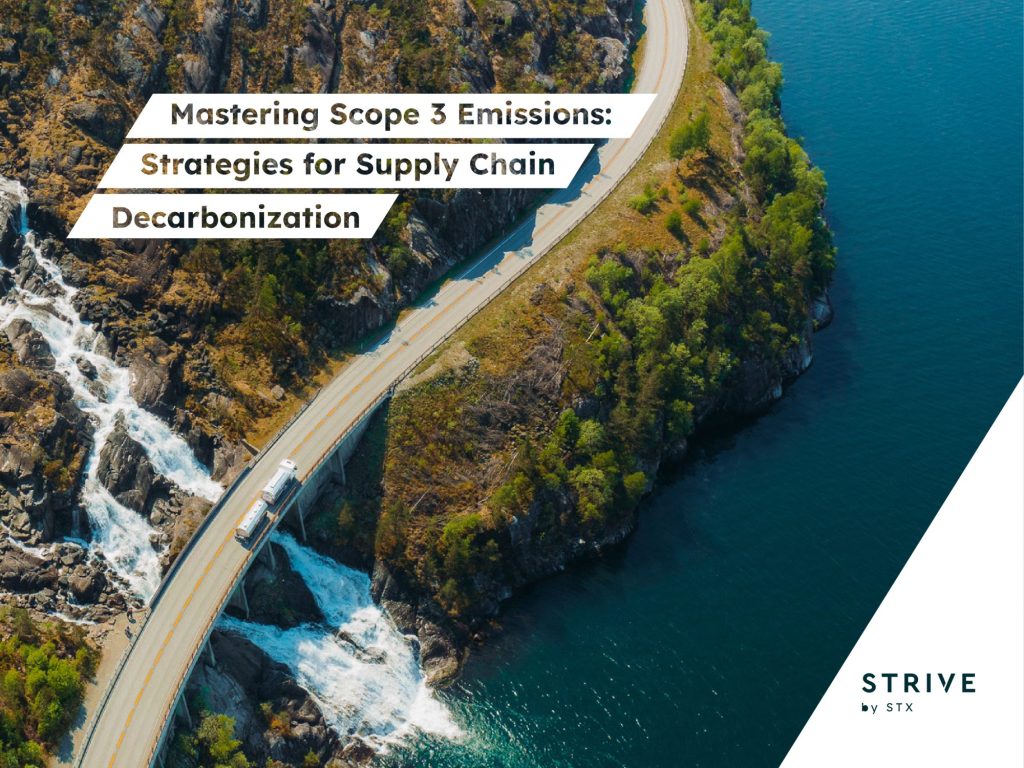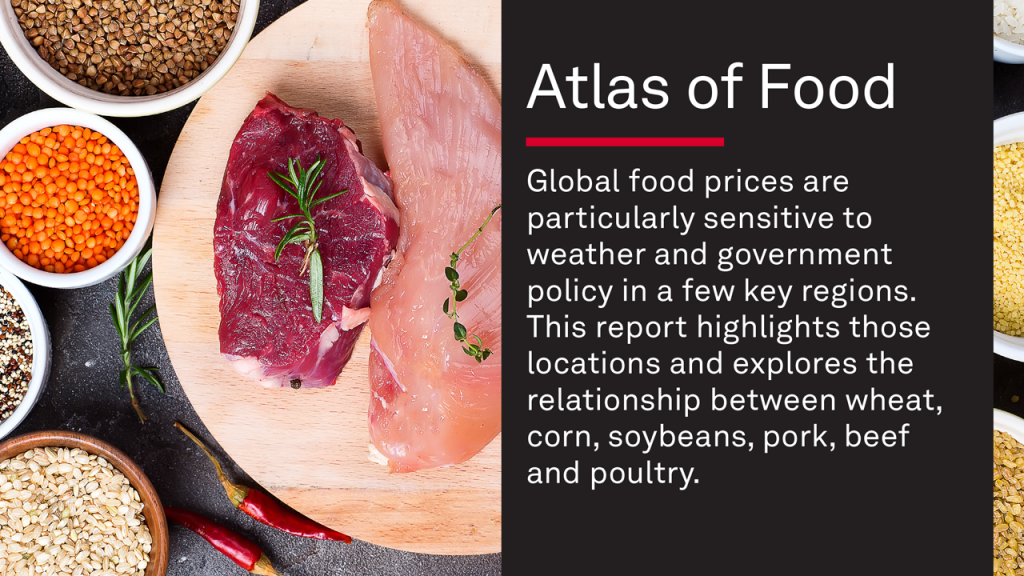Cape Town sports are hit hard by its water crisis
Unlike the South African city's love of diverse sports, its water supply relies solely on rain. Here is how the Day Zero drought will affect athletics. Read More

Cape Town, South Africa is a sports-mad city. Rugby, soccer, cricket, cycling and more have passionate followings among many of the “Mother City’s” 3.7 million residents.
But with June 4 expected to be the day the city runs out of clean, running water — considered to be the case when water levels in dams reach 13.5 percent — sports will find itself in an unfamiliar, yet wholly justifiable position: The back burner.
Before we get into how Cape Town’s sports teams and events are reacting to and are affected by the water crisis, let’s take a quick look at how the city got to this point.
No water in Cape Town? How is that possible?
According to numerous reports from experts, for the last decade or more, Cape Town’s authorities have been forward thinkers and actors on water conservation. Writing in the Feb. 9 issue of Vox.com, Zeeshan Alleem asserted that the city
worked hard to fix leaks in the pipes that distribute water across the city … Leaky pipes account for between 30 and 40 percent of a city’s lost water … Cape Town has reduced the amount of water it loses through leaks to about half of that. And in 2015 … Cape Town even won a prestigious international award for its water conservation policies.
Despite these successes and others, dams that were completely full just a few years ago stand about 25 percent capacity and Day Zero is less than four months away. How did this happen?
The main culprits are a once-in-a-century, three-year drought, along with a dangerous lack of water supply diversification — Cape Town gets more than 99 percent of its water supply from dams that rely solely on rain; underground aquifers and desalination are not part of the mix. And, as University of Cape Town hydrologist Piotr Wolski told Laura Poppick in the Feb. 13 edition of Smithsonian.com, climate change is serving as a crucial accelerant.
What happens after Day Zero?
Whenever Day Zero hits, Cape Town residents, per Alleem’s Vox.com piece, will then “have to go to roughly 200 collection points scattered throughout the city to collect strictly rationed water. People will be allowed just 25 liters — about 6.5 gallons — of water a day.” For context, one toilet flush uses about nine liters of water; the average American or European uses at least 100 liters of H2O per day. And each collection station is expected to be trafficked by roughly 18,000 people each day. Not surprisingly, South African police and military forces will guard collection points.
How are sports dealing with the water crisis?
Here’s a sampling of how the major Cape Town sports leagues, venues and events are dealing with the water crisis:
The city’s many soccer teams were forced to close 13 venues in the city in an effort to conserve water. Cape Town’s five Premier Soccer League clubs all play in Athlone Stadium, greatly diminishing the quality of the pitch. Going forward, the prospect of game postponements and cancellations is real.
Speaking of postponements, the Western Province Rugby Union made the unprecedented decision to delay the start of its season, which normally takes place in April, until at least June. Ashfak Mohamad reported in an IOL News story Feb. 8 that “the state of various fields around the Cape Peninsula and beyond paints a grim picture [and] is believed to be dire at many underprivileged community clubs on the Cape Flats as well.”
A parched Hamilton Rugby Ground hosted the popular Cape Town Rugby Tens tournament Feb. 1-3. Tournament director Gerhard Ordendaal said the event, which drew more than 20,000 fans, was water-neutral, “drawing zero liters of drinking water from the municipal supply.”
The Cape Town Cycle Tour, the biggest timed cycle race in the world with upwards of 35,000 participants, is still on for March 11. Like the Rugby Tens, it claims it will also be water-neutral. Tour director Dave Bellairs told the South Africa Sunday Times’ Craig Ray on Jan. 30:
Eliminating the event’s reliance on municipal drinking water will be achieved through a variety of strategies, [including] bringing water in from upcountry for drinking and ice on the route‚ and using locally-produced desalinated water for all cleansing purposes. Water stations along the route will be reduced to 14, [which are] essential from a medical point of view.
As a former long-distance cyclist, I am a bit skeptical that the Tour’s zero-water goal will be achieved. After all, is it a given that the 35,000-plus participants resist the understandable urge to take long, post-tour showers? Hopefully, the answer will be a resounding yes, but I’m not so sure.
Despite the water crisis-related cancellations of many local cricket competitions, the big international test match between South Africa and Australia, set for Cape Town’s Newlands Cricket Ground on March 22, is still on. Dave Faulkner, writing in The Australian on Feb. 3, reported that “Newlands has an ample supply of bore water so what is often called the world’s most beautiful cricket ground is exempt from [current] restrictions.” That said, given the heightened tensions in the city, there is a chance the test will be postponed.

The 30,000 runners taking part in the iconic Two Oceans Marathon, set for March 31, also will rely on purified spring water from Newlands. It will be distributed to all participants via sachets (small cloth pouches) and other water delivery systems. Some runners will use hydration packs to fill up at the start of the race instead of using their daily household allowance. All portable toilets brought to the race course will use recycled water and, unlike in past years, there will be no shower facilities at the finish line.
This likely wouldn’t be the case in any other year but, in 2018, I feel comfortable saying that most runners in the Two Oceans Marathon will be fine if the race is rain-soaked.

Subscribe to Trellis Briefing
Featured Reports

The Premier Event for Sustainable Business Leaders















